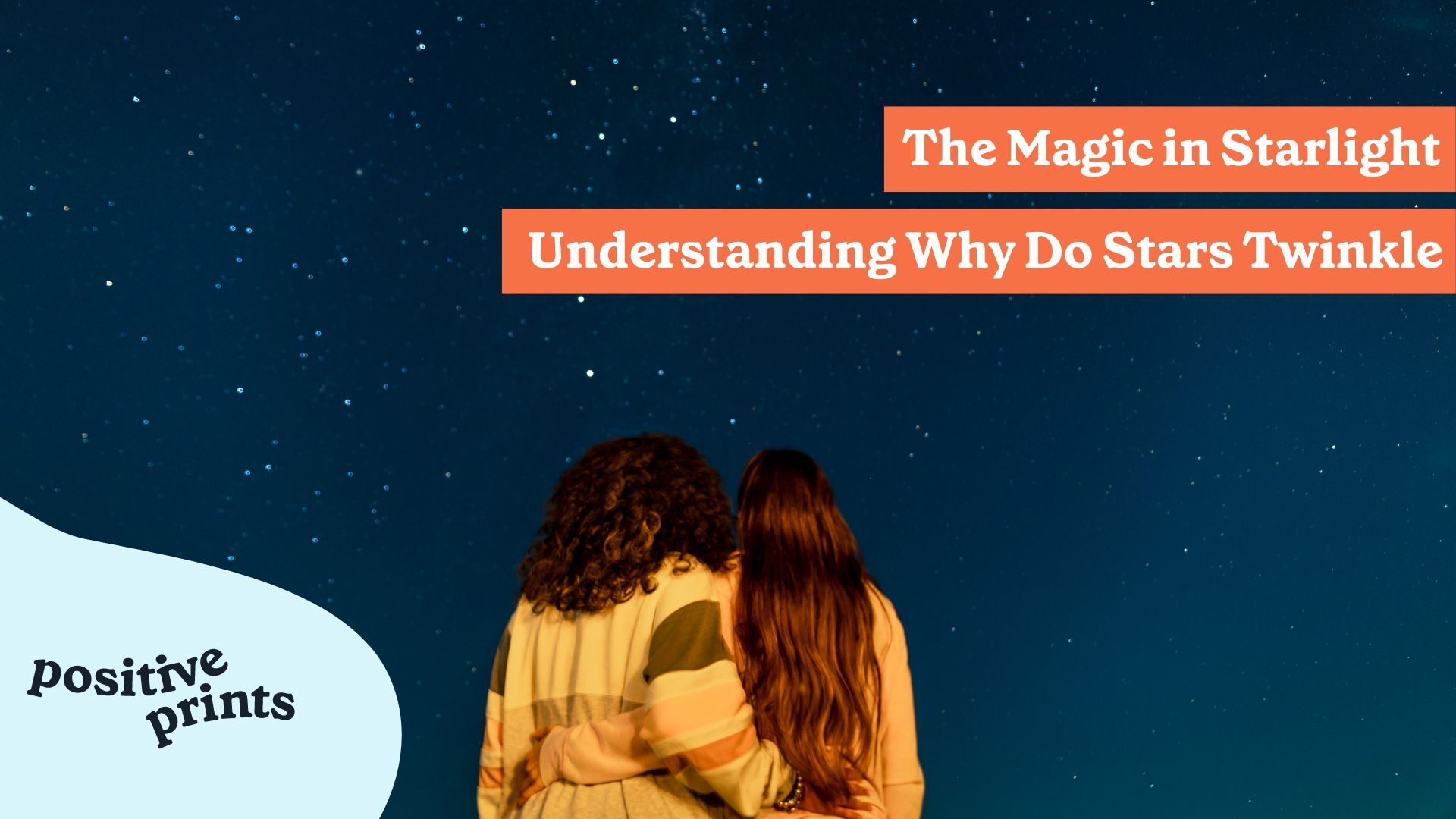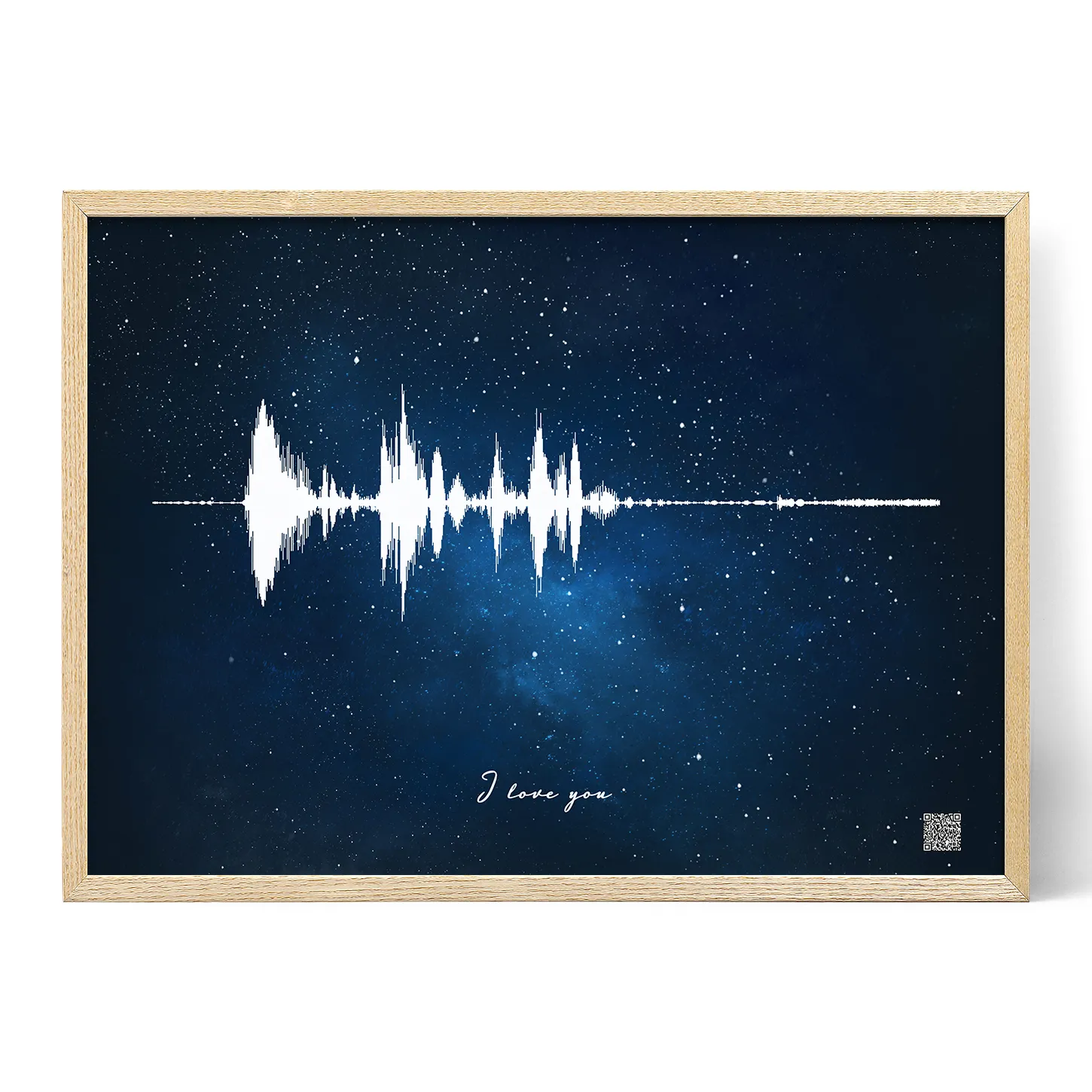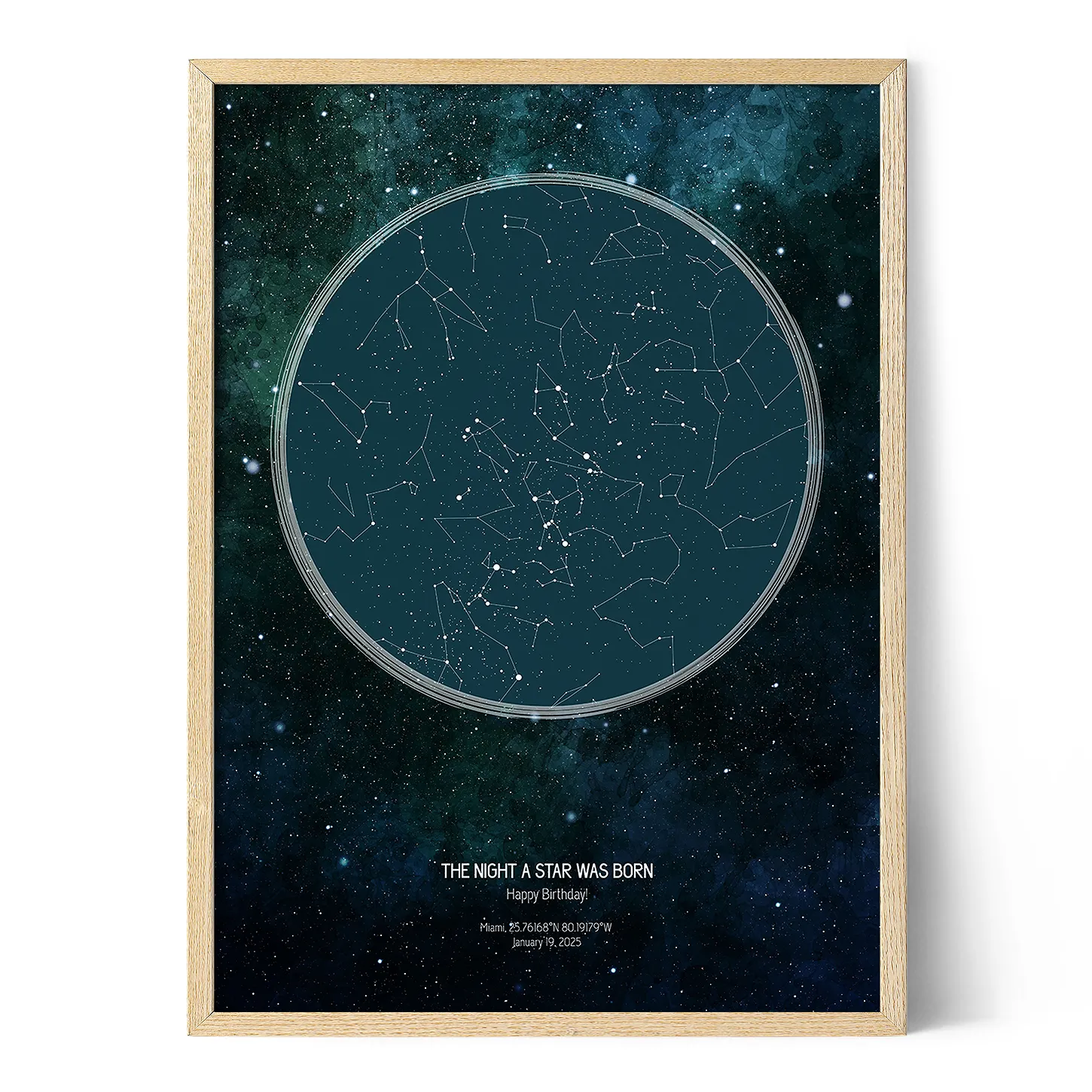
Ever wondered why stars twinkle? Do they send messages from distant planets? Is it some sort of celestial Morse code? Well, the truth is actually quite simple yet fascinating. The twinkling of stars occurs when their light passes through Earth’s atmosphere and encounters various atmospheric conditions.
In this exploration of the science and wonder of starlight, we will embark on a quest to uncover the magic behind these celestial bodies. We will delve into the principles that govern this enchanting phenomenon, debunk misconceptions, examine the influence of star color and size, and provide practical advice for those who aspire to observe the night sky.
So get ready for the journey that lies ahead! Adjust your telescope as we set off on an adventure to unravel the captivating mystery: “Why Do Stars Twinkle?” Prepare to gaze at the heavens with a fresh perspective and a newfound reverence for the cosmic ballet unfolding above us.
The Science Behind Starlight

The Basics of Starlight: Emission and Transmission
To comprehend the reason behind the twinkling of stars, it’s important to grasp the basics of starlight. Stars are balls of gas shining brightly due to nuclear fusion happening in their core. This light traverses through space, eventually reaching our planet.
However, it’s crucial to understand that starlight doesn’t directly travel through a vacuum to reach our eyes. Instead, it encounters an intermediary – our atmosphere.
Earth’s Atmosphere as a Factor
Our atmosphere is a changing and dynamic system that consists of many layers. When starlight enters the Earth’s atmosphere, it passes through these layers, each with its temperature, density, and composition. These variations play a role in creating the mesmerizing twinkling effect.
Imagine starlight as a beam of light making its way into the atmosphere. Along this journey, it encounters pockets of air with different temperatures and densities. These variations cause the starlight to bend or refract in different directions. Think of it as a dance, where the light takes a meandering path before finally reaching your eyes.
The Role of Turbulence in the Atmosphere
The twinkling of stars is mainly influenced by turbulence. This turbulence occurs due to various factors, such as temperature variations, wind patterns, and the unevenness of the Earth’s surface. As starlight passes through these areas, its path constantly shifts, resulting in the twinkling effect that we observe.
In essence, the twinkling of stars is an outcome of the ever-changing and dynamic nature of our planet’s atmosphere. This beautiful display of light highlights the relationship between the stars above and the atmospheric conditions on our own planet.
Dispelling Common Misconceptions

Are Stars Really Twinkling?
Before we explore the science behind why stars appear to twinkle, let’s clear up a misunderstanding: Stars themselves do not actually twinkle. Stars are spheres and their inherent brightness remains fairly constant. The twinkling effect that we perceive is actually caused by variations in the intensity of starlight, as it passes through our atmosphere.
In reality, stars are reliable sources of light. It is the path that their light takes through our changing atmosphere, that gives rise to the enchanting twinkling phenomenon.
Explaining Why It’s Not a Sign of Stars’ Instability
Some believe that the twinkling of stars suggests instability or changes within the stars. However, this couldn’t be further from the truth. Stars are celestial behemoths in a state of balance, where the tremendous gravitational forces pulling inward are precisely counteracted by the pressure created through nuclear fusion at their cores. This equilibrium leads to an emission of light over extended durations, which explains why stars have been dependable navigational aids, and have guided sailors and explorers for countless years.
The Impact of Our View from Earth
Moreover, the amount of twinkling witnessed for a star can significantly differ based on its position in the sky. Stars that are closer to the horizon seem to twinkle more compared to those positioned overhead. This occurrence is attributable to the journey of starlight through the dense part of the atmosphere near the horizon.
Grasping these concepts is vital in understanding the essence of starlight. The stars themselves remain as steady and unwavering sources of light, while the twinkling we observe stems from a phenomenon that adds a touch of magic to our nightly stargazing escapades.
The Role of Star Color and Size
Does the Color of a Star Affect Its Twinkling?
You might have observed that stars exhibit a variety of colors, ranging from the white glow of Sirius to the warm reddish shade of Betelgeuse. These different colors reveal information about a star’s temperature and composition. However, does the color of a star have any impact on how it twinkles?
The answer is somewhat yes and somewhat no. While the color itself doesn’t directly influence twinkling, it is connected to a star’s temperature, which in turn affects the twinkling phenomenon. Stars that are blue or white such as Sirius are hotter and emit an intense and steady light. This can make the twinkling effect less noticeable. On the other hand, cooler red stars like Betelgeuse, emit intense light, which makes their twinkling more pronounced.
The Connection Between Star Size and Twinkling
Another aspect to take into consideration is the size of a star. The magnitude of a star can influence how we perceive its twinkling. Smaller stars like our Sun, appear as points of light when observed from Earth. This concentrated point of light can lead to twinkling because even slight disturbances in the atmosphere have a greater impact on a concentrated source.
On the other hand, larger stars, those closer to the horizon may exhibit less apparent twinkling due to their perceived size. Their light is dispersed over an area within our field of vision, making minor atmospheric disruptions less noticeable.
Notable Examples of Twinkling Stars
In the expanse of the night sky, there exist remarkable stars that catch the attention of stargazers all over the world. One such star is Antares, known as the “heart of the scorpion” in the Scorpius constellation. Its reddish glow and noticeable twinkling give it a captivating presence.
Furthermore, stargazers frequently observe Vega, a star in the Lyra constellation for its minimal twinkling, owing to its bluish-white color and relatively small size.
Practical Stargazing Tips

Preparing for a Stargazing Adventure
Now that we have explored some of the secrets behind the twinkling of stars, it’s time to apply that knowledge and embark on your stargazing adventure. Whether you are an astronomer or a beginner with an interest in the night sky, here are some practical suggestions to enhance your stargazing experience:
1. Seek Out a Dark Sky Location
Cities with their bright lights can obstruct your view of the stars. Look for places away from areas where there is light pollution, this will allow you to fully appreciate the beauty of the starry night sky.
2. Keep an Eye on the Weather
Clear and cloudless nights provide perfect conditions for stargazing. Stay updated on weather forecasts to plan your outings when the skies are most favorable.
3. Utilize a Telescope or Binoculars
Invest in a high-quality telescope or binoculars that can magnify your view of celestial objects. These tools will enable you to explore details of the moon, planets, and distant galaxies.
4. Learn to Identify Constellations
Familiarize yourself with constellations in the night sky. You can make use of star charts and mobile applications designed specifically for identifying stars and constellations.
5. Embrace Patience and Observation
Stargazing requires patience as well as keen observation skills. Take your time to gaze at the sky, allowing yourself to notice changes and movements among the stars and planets.
6. Join a Stargazing Group
Consider becoming a member of an astronomy club or group. They often organize stargazing events and provide insights for enthusiasts of all skill levels.
7. Keep a Stargazing Journal
Maintain a stargazing journal where you record your observations, including the date, time, location, and objects you’ve observed. As time goes by you’ll create a log of your stargazing adventures.
8. Embrace the Beauty of the Night Sky
Appreciate the beauty of the night sky while engaging in stargazing. It’s not about observations, it’s about marveling at the captivating sights above.
By following these suggestions you’ll be well prepared to embark on your stargazing journey and witness firsthand the enchantment of starlight. Remember that stargazing offers not only a rewarding experience but also a deep connection to the universe, through its meditative nature. Explore the vast celestial landscape and marvel at the myriad types of stars, from the fiery brilliance of massive supergiants to the subtle glow of distant dwarfs.
Embracing the Celestial Symphony: Finding Magic in the Twinkling Stars

Summing Up the Enchantment of Starlight
As our exploration of the realm of starlight and the mesmerizing phenomenon of twinkling stars draws to a close, we have discovered the principles that lie beneath this captivating spectacle. We have debunked misconceptions, delved into the significance of star color and size, and provided advice for those embarking on their stargazing journey. However, there is one prevailing theme that connects all these aspects—the allure of the sky.
Appreciating the Magic in Stars’ Twinkle
Each shimmering star holds a tale, ranging from the distant giants that illuminate the vast expanse of the cosmos, to the tiny dots that have guided humanity for centuries. The twinkling of stars serves as a reminder of the dance between the grandeur of space and the delicate equilibrium within our own atmosphere. It beckons us to ponder the enigmas of the universe and our place amidst it all.
As you embark on your exploration armed with knowledge, take a moment to marvel at the enchantment concealed within each twinkle. These celestial beacons have ignited the imaginations of poets, scientists, and dreamers throughout history. They have served as symbols of hope, guidance, and inspiration—transcending time and embracing cultures.
Encouraging Readers to Gaze at the Night Sky with Newfound Insight
We hope that this journey through the expanse of the cosmos has left you with an appreciation for the beauty of the night sky. The next time you find yourself under a canopy of stars, remember the knowledge that shapes these shimmering lights above, including fascinating facts about stars, and don’t forget to embrace the awe and wonder that goes beyond scientific explanations.
So go ahead, take a moment tonight, and gaze at the stars with newfound insight. The night sky is like a book waiting for you to explore its pages, and starlight holds the key to unraveling the mysteries of the universe. We hope you enjoy your stargazing experience and may those sparkling stars continue to inspire amazement and curiosity in your heart.
Read More: Names that Mean Star











